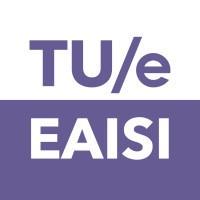Introduction to ISLRv2#
An Introduction to Statistical Learning with Applications in R, Second Edition (ISLRv2)#
The first edition of ISLR (2013) quickly became one of the standard textbooks in the field. The second edition makes it even harder to beat in terms of a comprehensive introduction to statistical learning, adding more techniques including deep learning, naive Bayes and matrix completion. I think it is one of the best books because it covers just enough maths to understand the underlying princples, whilst providing an intuitive understanding through visual explanations. The book is freely available on https://statlearning.com, although I warmly recommend you buy it as a desk reference.
Suggested study plan#
Read the book, covering at least chapters 1 to 6. Depending on your interest c.q. preference of type of methods you plan to use, you can selectively go through chapters 7 to 13
Try a handful of Labs, to gain experience in training models of your choice
Try any of the coding exercises, to become more fluent in your daily work
Attribution#
Example solutions to Labs and exercises are taken from the following sources that are based on the first edition of ISLR:
Jordi Warmenhoven’s repository with solutions to Labs and a Python-reproduction of the figures;
Emre Can’s repository with solutions to Labs, inspired and re-using Jordi’s work;
botlnec’s repository with solutions to exercises.
Taking ISLRv2 as our main textbook, I have reviewed and remixed these repositories to match structure and numbering of the second edition. I have subsequently added solutions for the new sections, most notably:
Section 4.6: Generalized Linear Models including Poisson regression for count data
Section 8.2.6: Bayesian Additive Regression Trees (BART)
Chapter 10: Deep Learning using Keras
Chapter 11: Survival Analysis and Censored Data using lifelines
